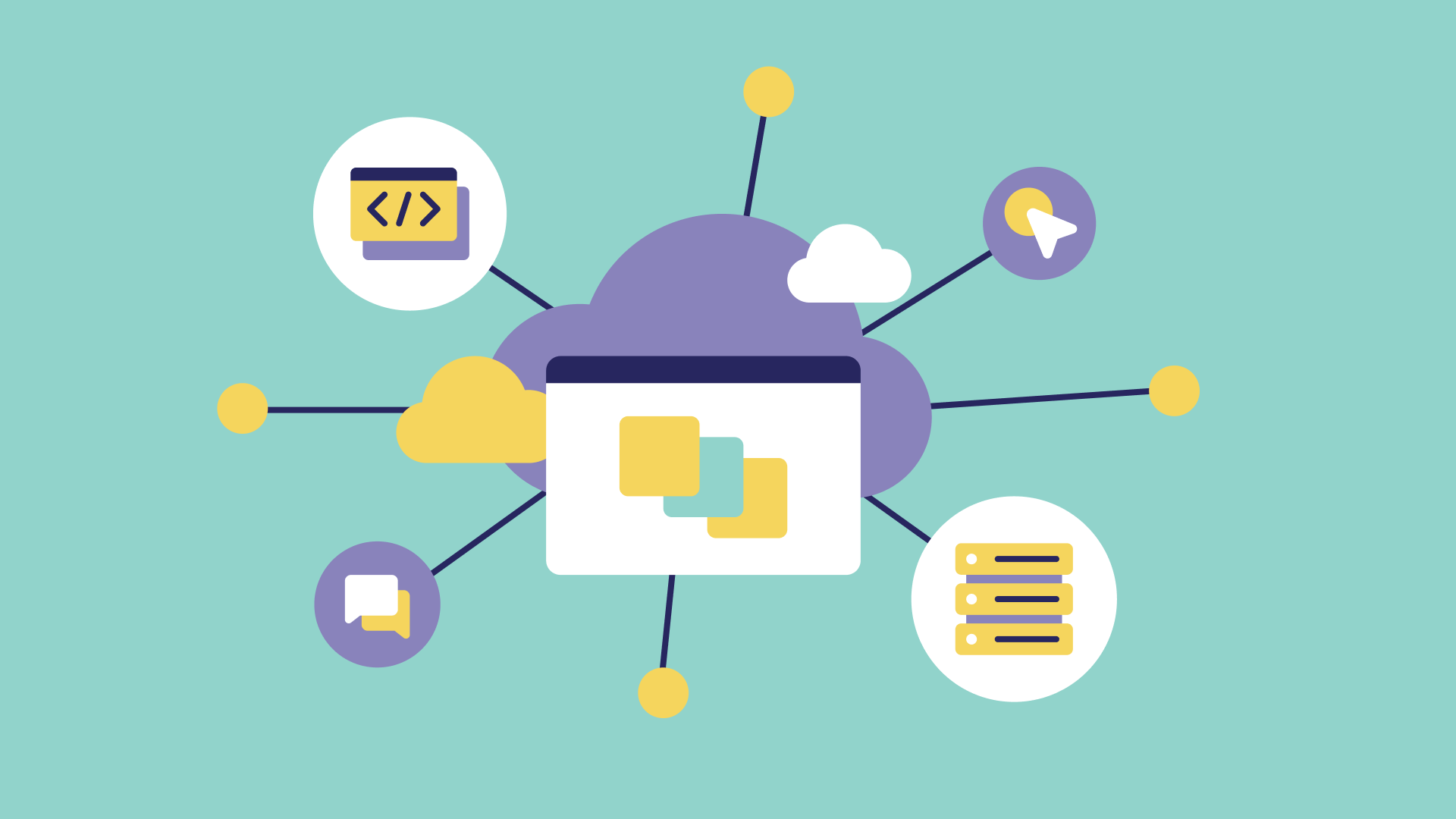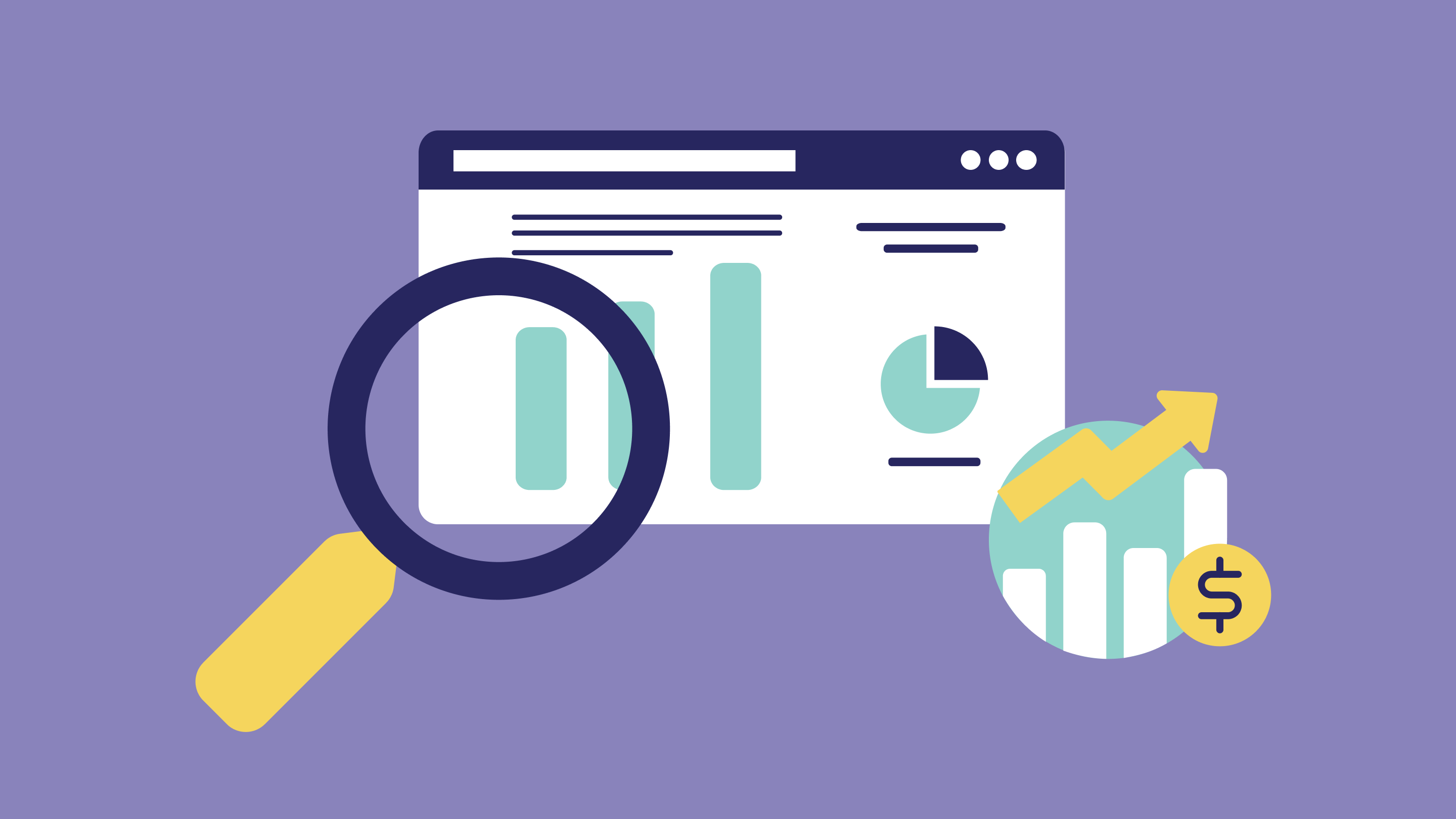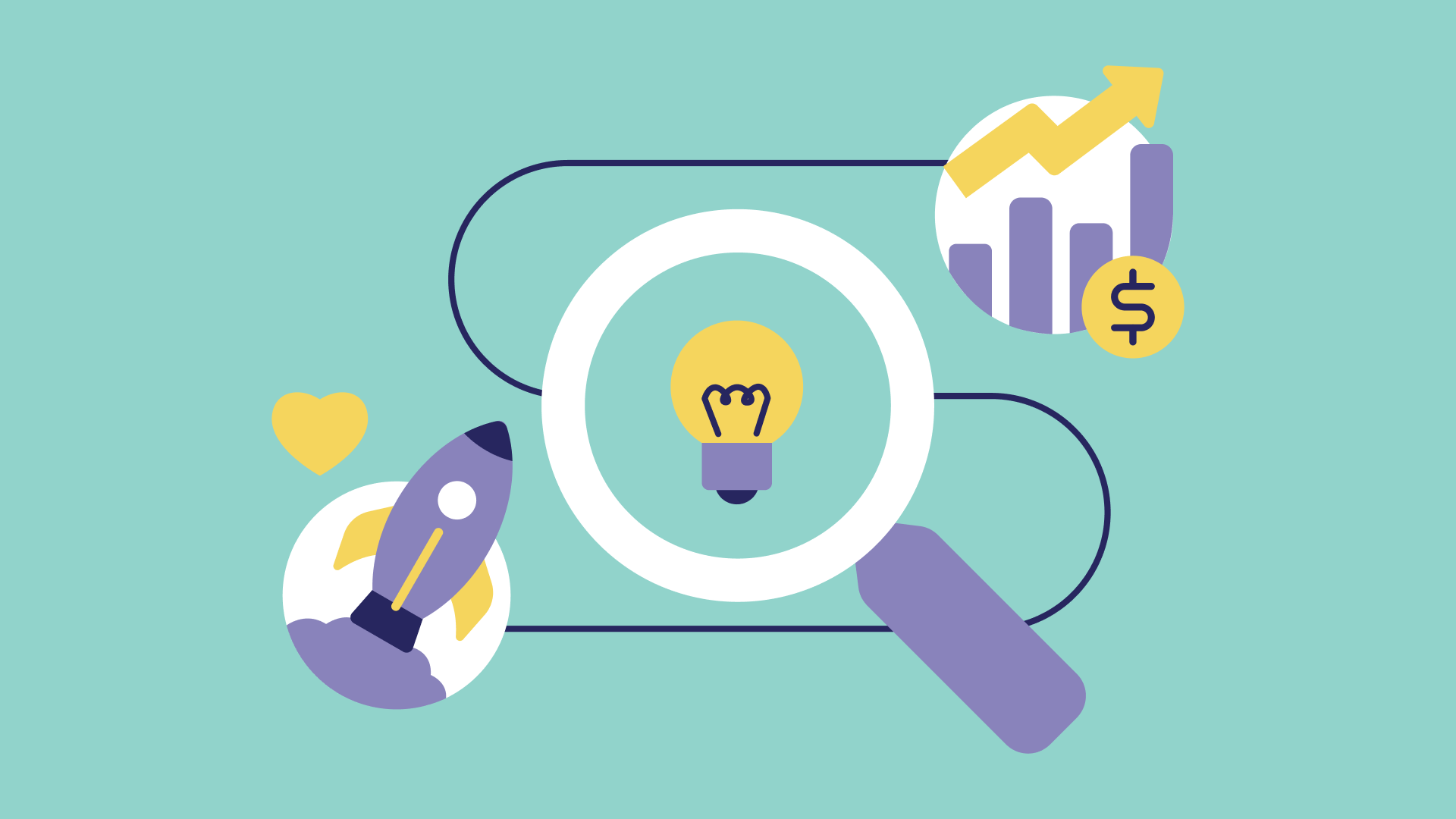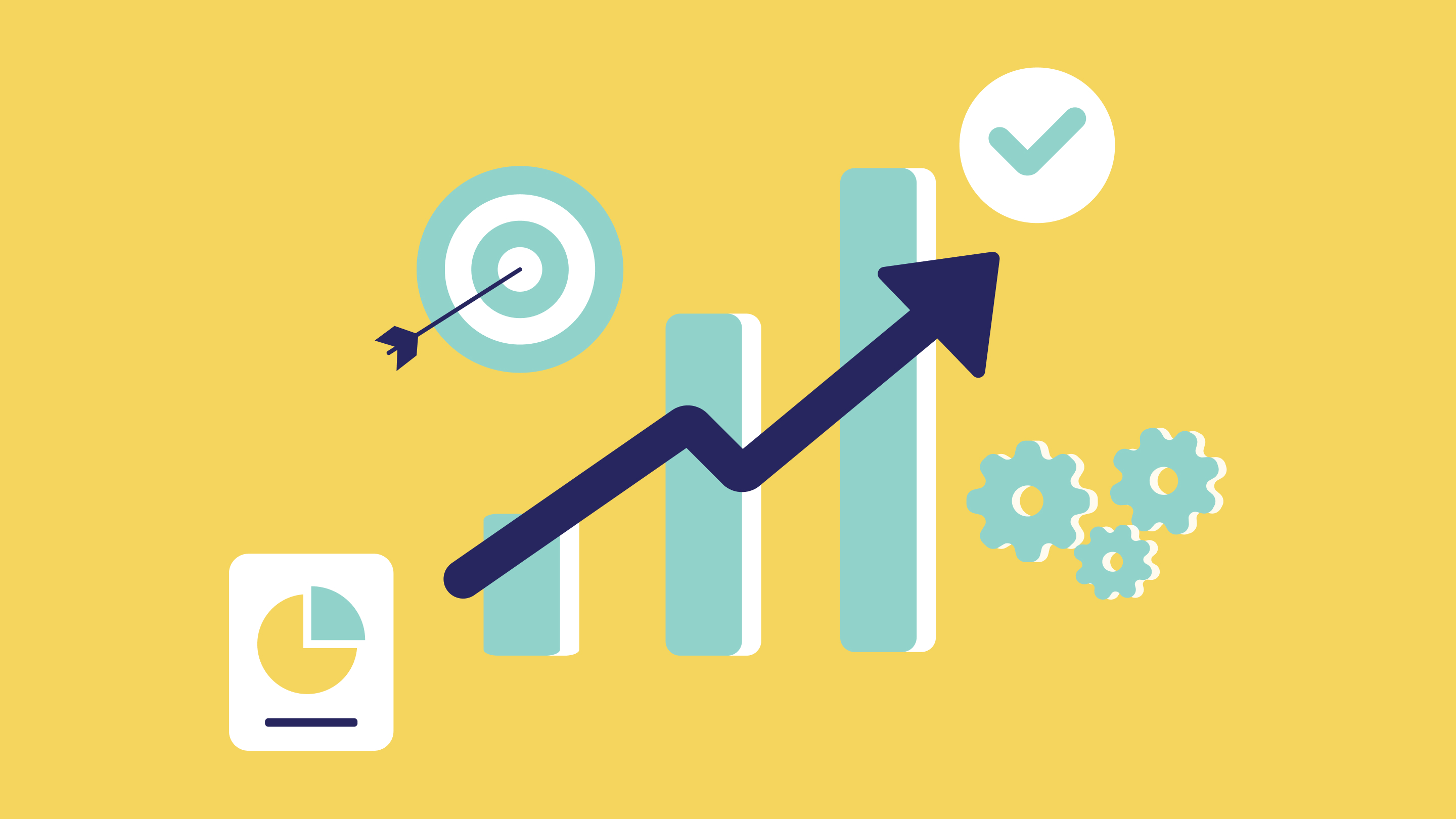
In today's ever-evolving digital age, Software as a Service (SaaS) products have emerged as game-changers, revolutionizing the way businesses operate. These innovative solutions, ranging from cloud-based Customer Relationship Management (CRM) systems to sophisticated marketing analytics tools, offer unparalleled versatility and scalability. By leveraging the power of SaaS products, businesses can streamline their operations, enhance efficiency, and unlock new growth opportunities.
As a SaaS owner or product manager, mastering the intricacies of the SaaS development life cycle is crucial. From ideation and conceptualization to design, development, testing, and deployment, each phase plays a pivotal role in shaping the success of your product in the dynamic market landscape. By embracing best practices and staying abreast of the latest industry trends, you can ensure that your SaaS product not only meets but exceeds the evolving needs and expectations of your target audience.
In summary, in this era of digital transformation, SaaS products have become indispensable tools for businesses across various industries. By harnessing their immense potential and understanding the nuances of the SaaS development life cycle, you can position your product for long-term success and make a lasting impact in the market.
1. What is the SaaS Development Life Cycle?
The SaaS development life cycle refers to the systematic process through which a SaaS product progresses, from the inception of an idea to its retirement or replacement. Just as with traditional software development, SaaS products move through stages of development, testing, deployment, and maintenance. However, given the unique nature of cloud-based services, the SaaS life cycle comes with its set of challenges and requirements.
2. Stages of the SaaS Development Life Cycle
a. Idea and Planning

The journey begins with identifying a gap in the market or a specific business need. Product managers, in collaboration with stakeholders, conceptualize the SaaS product, considering factors like target audience, core features, and business objectives.
b. Design and Prototyping
.jpg)
The next step in the process entails creating mock-ups or prototypes of the product. These mock-ups serve as visual representations that stakeholders can interact with, providing them with a tangible and realistic preview of the end product.
By having access to early prototypes, stakeholders can provide valuable feedback and insights, ensuring that the final product aligns with their expectations and requirements. This iterative approach helps to refine and improve the product's design, functionality, and user experience, ultimately leading to a more successful and satisfactory outcome.
c. Development

This is the crucial stage where the actual coding process begins. Talented developers, equipped with powerful SaaS development tools, meticulously craft the product, ensuring not only its scalability, security, and performance, but also focusing on every intricate detail to deliver a seamless user experience. With their expertise and dedication, they bring the vision to life, laying the foundation for a robust and innovative solution that will exceed expectations.
d. Testing

Once the product is developed, it goes through a series of rigorous testing processes to meticulously identify and rectify any potential bugs, security vulnerabilities, and performance issues that could impact its functionality. This comprehensive testing ensures that the product meets the highest standards of quality, reliability, and user satisfaction, providing a seamless and optimal experience for all users.
e. Deployment

Post successful testing, the SaaS product is launched to the end-users. Given that SaaS products are cloud-based, continuous delivery and integration become crucial.
f. Maintenance and Updates
.jpg)
Unlike traditional software that might see periodic updates, Software as a Service (SaaS) products often require more frequent updates to address bugs, introduce new features, and stay relevant in the highly competitive market.
With the advantage of cloud-based infrastructure, SaaS providers can seamlessly roll out updates to their users, ensuring a smooth and up-to-date user experience. This agile approach allows SaaS companies to constantly improve their products, respond to customer feedback, and maintain a competitive edge in the ever-evolving software landscape.
g. Retirement or Replacement

All software products have a shelf life. Over time, as technology advances and user needs evolve, a SaaS product may become obsolete or no longer viable. At this stage, it enters the retirement phase, where its usage declines.
However, in many cases, businesses and developers may opt to replace it with a newer version that incorporates the latest features and advancements. Alternatively, they may explore alternative products that better meet their evolving requirements. This iterative process ensures that software solutions continue to adapt and evolve alongside the ever-changing landscape of technology.
3. Importance of Understanding the Life Cycle
Having a thorough understanding of the Software as a Service (SaaS) development life cycle is crucial for product owners. It not only provides them with a roadmap but also empowers them to navigate through the various stages of the development process with confidence and clarity.
From conceptualizing the product to designing, developing, testing, and deploying it, a comprehensive knowledge of the SaaS development life cycle equips product owners with the insights and strategies needed to drive successful product outcomes. By leveraging this knowledge, product owners can effectively manage resources, make informed decisions, and optimize the development process to deliver high-quality SaaS solutions that meet the needs and expectations of their customers.
- Efficient allocation of resources
- Timely decision-making
- Risk mitigation at various stages
- Ensuring product relevance and longevity
4. Challenges and Opportunities
While the Software-as-a-Service (SaaS) development life cycle provides a structured approach to product development, each stage presents its unique set of challenges. From managing resource constraints during the development phase to ensuring a seamless user experience post-deployment, there are hurdles to overcome. However, it is important to note that challenges also bring opportunities for growth and innovation.
One of the key advantages of SaaS products is their cloud-based nature, which enables real-time data collection, advanced analytics, and adaptability. This empowers businesses to make data-driven decisions and continuously improve their offerings. By leveraging these capabilities, organizations can stay ahead of the competition and deliver high-quality solutions that meet evolving customer needs.
In summary, while the SaaS development life cycle may have its challenges, it also offers numerous opportunities for businesses to thrive in the dynamic and ever-evolving market landscape. Continuous improvement and a customer-centric approach are the keys to success in this technology-driven era.
Conclusion
In the fast-paced and ever-evolving world of SaaS (Software as a Service), understanding the life cycle is crucial for navigating its intricacies successfully. By gaining a clear comprehension of each stage - from inception to growth and maturity - product owners can make informed decisions that not only enable their SaaS product to stand out in the market but also ensure it evolves in line with changing business needs. This holistic approach empowers businesses to adapt, innovate, and thrive in the dynamic landscape of the SaaS industry.


















































